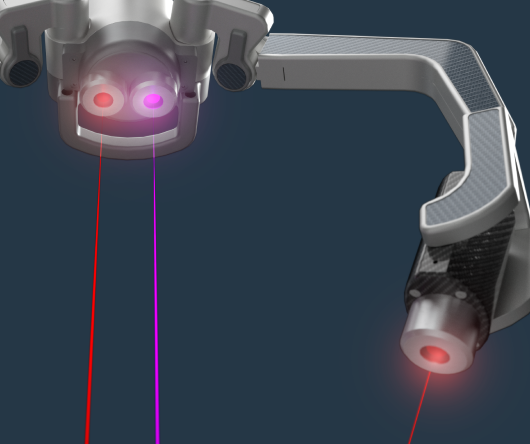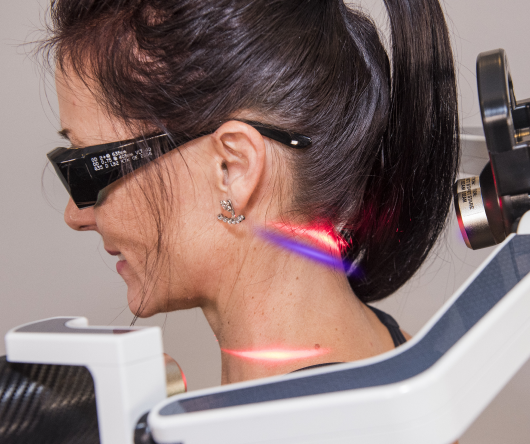Safety Standards
Laser safety standards, such as the ANSI Z136 series, are vital in various fields and serve as the foundation for laser safety. These standards are not only referenced by OSHA and many U.S. states but also provide essential guidance on classifying lasers, safety calculations, hazard control, and recommendations for Laser Safety Officers. Manufacturers of laser products must comply with FDA regulations, certifying their products meet specific safety standards, with each laser bearing a label indicating its hazard classification since August 1976.
The Laser Safety Officer
ANSI Z136.1 mandates that facilities using Class 3b or Class 4 lasers must appoint a Laser Safety Officer (LSO) responsible for ensuring laser safety during operations, maintenance, and servicing. This LSO must have the authority to oversee laser hazard control, evaluate laser risks, and implement necessary safety measures.
The LSO’s role can be full or part-time, coming from safety-related departments like occupational health and safety or engineering. Regardless of the department, they require proper training to establish and manage laser safety programs. LSO duties encompass hazard evaluation, setting up hazard zones, ensuring compliance, approving procedures, equipment, and installations, providing safety training, and managing personal protective equipment recommendations and approvals, among other administrative tasks.


